Introduction: Korean Grammar ‘-겠어요’
Learning Korean grammar can be challenging, but breaking it down into manageable lessons can make it easier. Today, we will explore the grammar pattern ‘-겠어요,’ which is used to express intention, willingness, or future actions in a polite manner in Korean. This lesson will help you understand and use this form effectively.
Learn Korean with JAEM Korean App: Improve your Korean with our app through free lessons and courses. And also, Join our 4-week challenge program to progress from upper-beginner to master level with Native Korean Coaches.
AI Writing Practice Program: Enhance your writing skills with JAEM TOPIK, our AI-powered practice program. Get personalized feedback and TOPIK tips to elevate your Korean writing.
Our Book: Don’t miss out on our comprehensive book that covers essential Korean language skills and strategies.
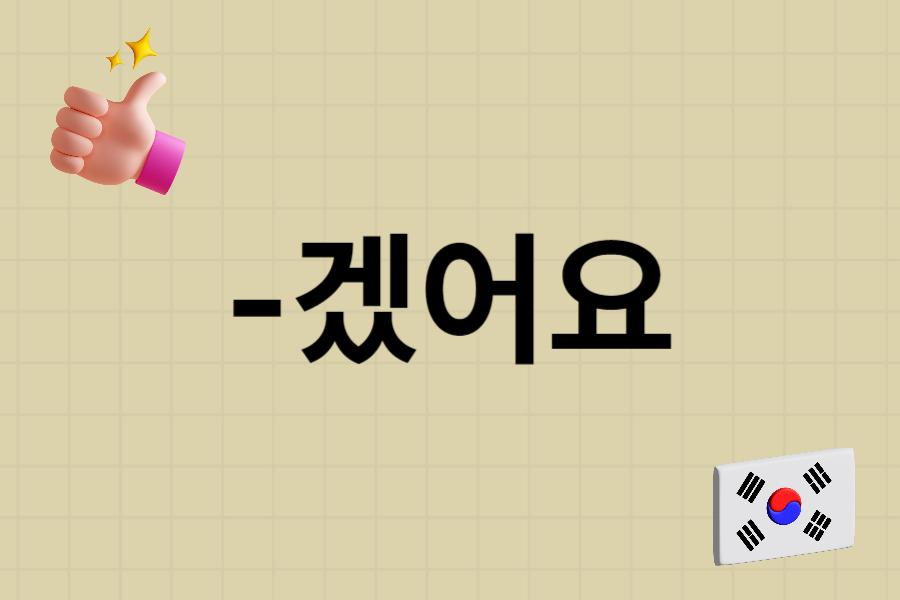
Jump to:
Grammar Explanation
The grammar pattern ‘-겠어요’ is used to express intention, willingness, or future actions in a polite and somewhat formal manner. It can also be used to ask about someone’s intention or willingness.
Formation:
- Attach ‘-겠어요’ directly to the verb stem.
| Verb | Stem | Form | Example Sentence |
|---|---|---|---|
| 가다 (to go) | 가 | 가겠어요 | 학교에 가겠어요 (I will go to school) |
| 먹다 (to eat) | 먹 | 먹겠어요 | 밥을 먹겠어요 (I will eat a meal) |
| 하다 (to do) | 하 | 하겠어요 | 숙제를 하겠어요 (I will do my homework) |
Examples
Verb Examples:
- 보다 (to see)
- 보겠어요 = Will see
- 영화를 보겠어요 = I will watch a movie.
- 살다 (to live)
- 살겠어요 = Will live
- 서울에서 살겠어요 = I will live in Seoul.
- 읽다 (to read)
- 읽겠어요 = Will read
- 책을 읽겠어요 = I will read a book.
- 마시다 (to drink)
- 마시겠어요 = Will drink
- 물을 마시겠어요 = I will drink water.
Adjective Examples:
- 크다 (big)
- 크겠어요 = Will be big
- 그 집은 크겠어요 = That house will be big.
- 작다 (small)
- 작겠어요 = Will be small
- 고양이가 작겠어요 = The cat will be small.
- 좋다 (good)
- 좋겠어요 = Will be good
- 날씨가 좋겠어요 = The weather will be good.
- 나쁘다 (bad)
- 나쁘겠어요 = Will be bad
- 기분이 나쁘겠어요 = I will feel bad.
Usage in Context
When using ‘-겠어요’ in different contexts, it emphasizes intention, willingness, or polite future actions.
Everyday Contexts:
- 지금 뭐 하겠어요? = What will you do now?
- 친구를 만나겠어요 = I will meet a friend.
- 주말에 여행을 가겠어요 = I will go on a trip over the weekend.
- 점심을 먹겠어요 = I will eat lunch.
Polite Inquiries:
- 뭐 마시겠어요? = What would you like to drink?
- 어디에 가겠어요? = Where will you go?
- 무엇을 하겠어요? = What will you do?
- 무엇을 읽겠어요? = What will you read?
Professional Settings:
- 회의를 시작하겠어요 = I will start the meeting.
- 보고서를 작성하겠어요 = I will write the report.
- 프로젝트를 완료하겠어요 = I will complete the project.
Cultural Insight: In Korean culture, using ‘-겠어요’ is a polite way to express future intentions or willingness. It is often used in formal or respectful settings to convey politeness and consideration.
Common Mistakes
Common Mistakes:
- Incorrect: 먹겠습니까? (Very formal, but not always suitable)
- Correct: 먹겠어요 = I will eat.
Mistake Explanation: Ensure that the correct form ‘-겠어요’ is used to convey politeness and respect in future intentions or willingness.
Related Grammar Points
Explore these related grammar points to deepen your understanding:
- -을 거예요: To express future tense in a less formal manner.
- -고 싶어요: To express wanting to do something.
- -ㄹ까요?: To suggest doing something together.
- -겠습니까?: A very formal way to inquire about future intentions.
Practice Exercises
Practice Makes Perfect!
- Exercise 1: Conjugate the following verbs using ‘-겠어요.’
- 가다 (to go)
- 먹다 (to eat)
- 하다 (to do)
- 보다 (to see)
Answer Key:
- 가겠어요
- 먹겠어요
- 하겠어요
- 보겠어요
- Exercise 2: Create sentences using ‘-겠어요’ for the following situations:
- I will watch a movie.
- She will live in Busan.
- They will read a book.
- We will drink coffee.
Answer Key:
- 영화를 보겠어요.
- 그녀는 부산에서 살겠어요.
- 그들은 책을 읽겠어요.
- 우리는 커피를 마시겠어요.
Download the workbook for more exercises and practice.
Summary and Conclusion
Today, we covered the grammar point ‘-겠어요’ and how to use it to express intention, willingness, or future actions in a polite manner in Korean. This pattern is essential for conveying politeness and respect in formal and everyday settings. Continue practicing with our workbook and check out related lessons for more in-depth learning.
If you have any questions or suggestions, feel free to comment below. Happy learning!
Learn Real Korean with JAEM!
Learn Korean with JAEM Korean App: Discover the best way to learn real Korean with our comprehensive app. Enjoy a wide variety of free lessons and courses designed to help you master the language. Also, our unique 4-week challenge program guides you from an upper-beginner level to a master course, all under the guidance of Native Korean Coaches. Whether you’re just starting out or looking to refine your skills, this program offers an effective path to fluency.
AI Korean Writing Practice Program: Take your Korean writing to the next level with JAEM TOPIK, our innovative AI writing practice program. This service provides personalized feedback and practical tips tailored to your learning needs. With a focus on improving your Korean writing, JAEM TOPIK also offers specific strategies for excelling in the TOPIK exam. Benefit from expert insights and targeted advice to enhance your proficiency and confidence in writing.
Our Book: Additionally, explore our comprehensive book that covers essential Korean language skills and strategies. This valuable resource complements our app and AI program, providing a holistic approach to mastering Korean.
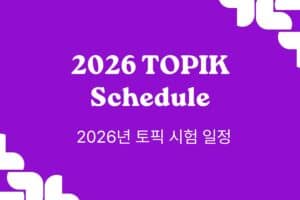
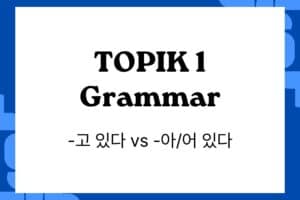
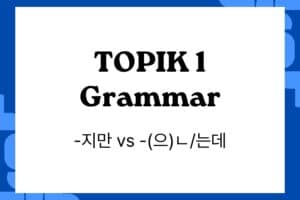
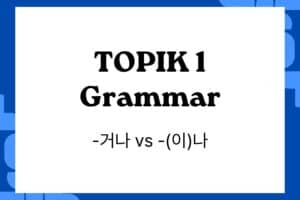
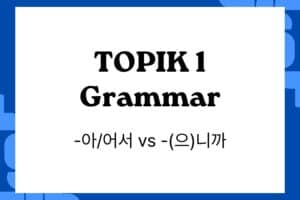
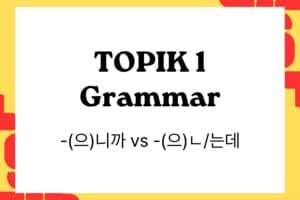
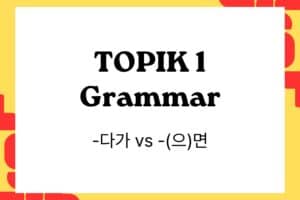
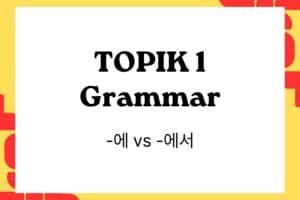
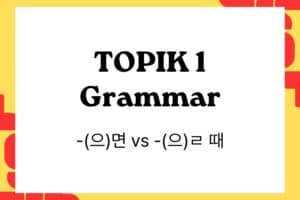
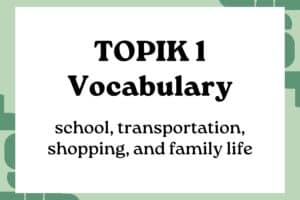


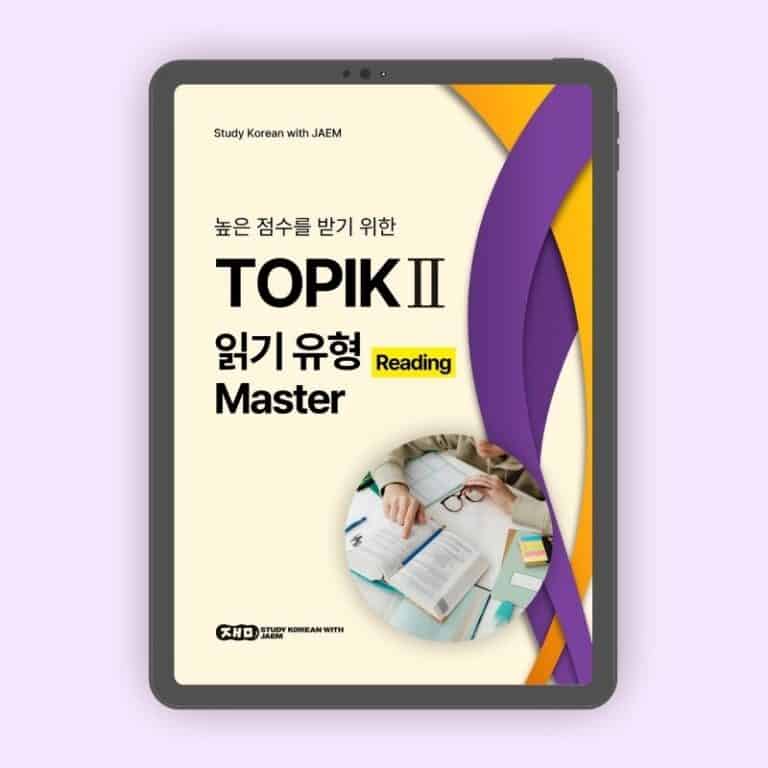
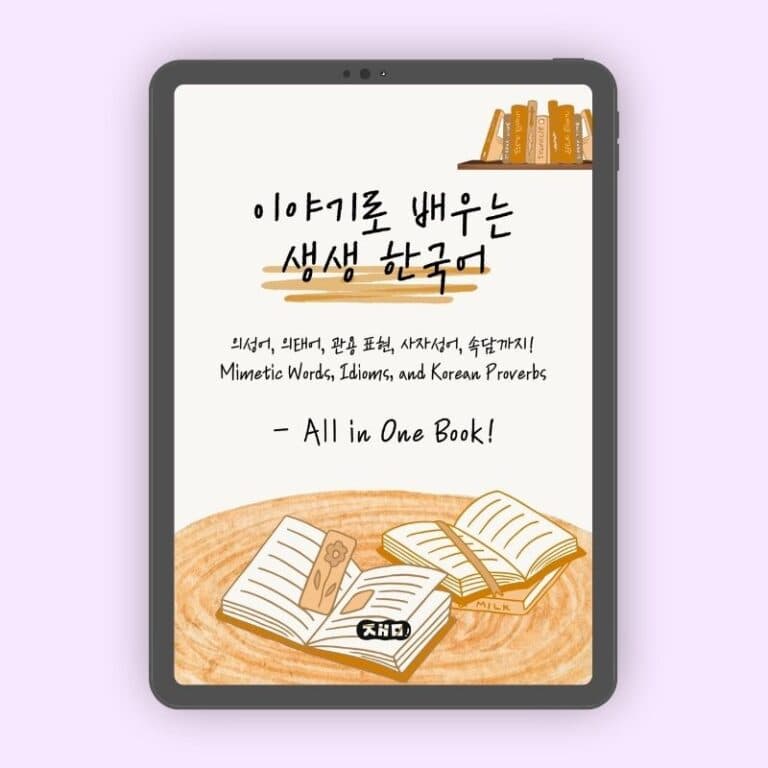
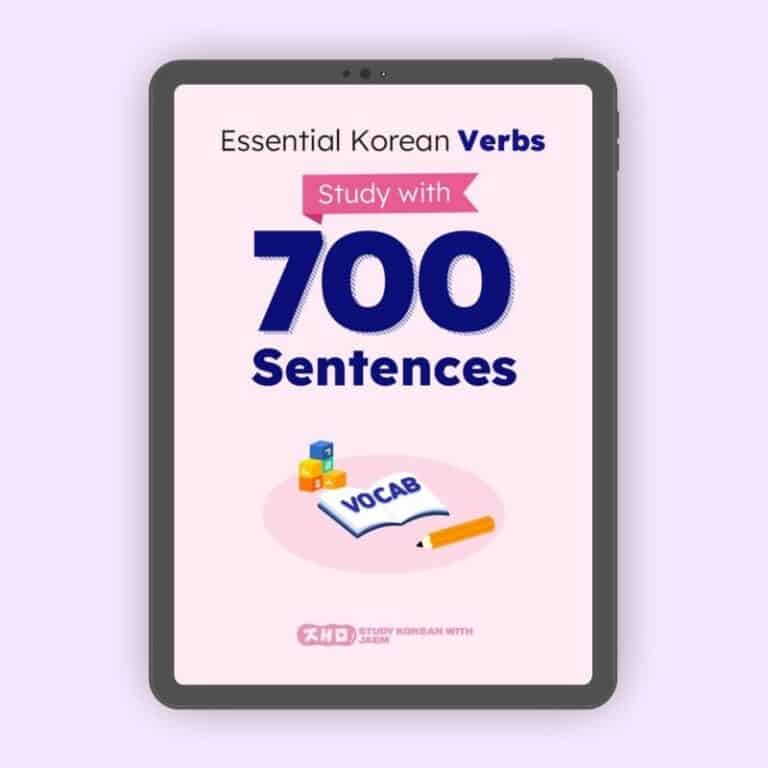

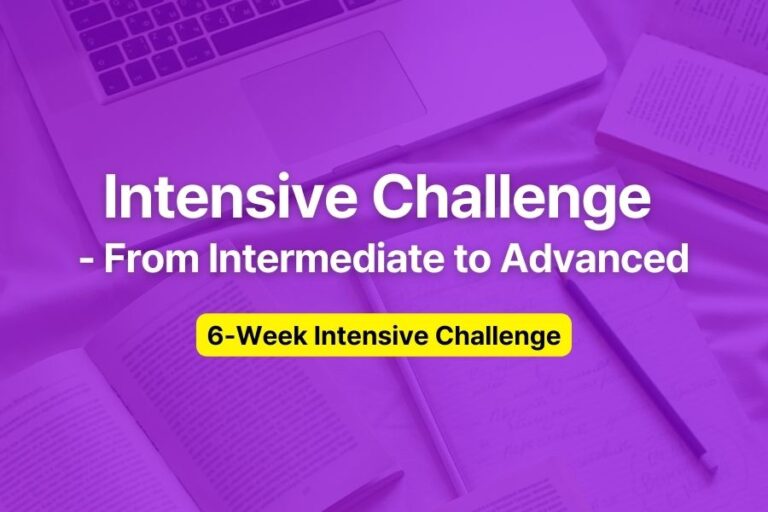
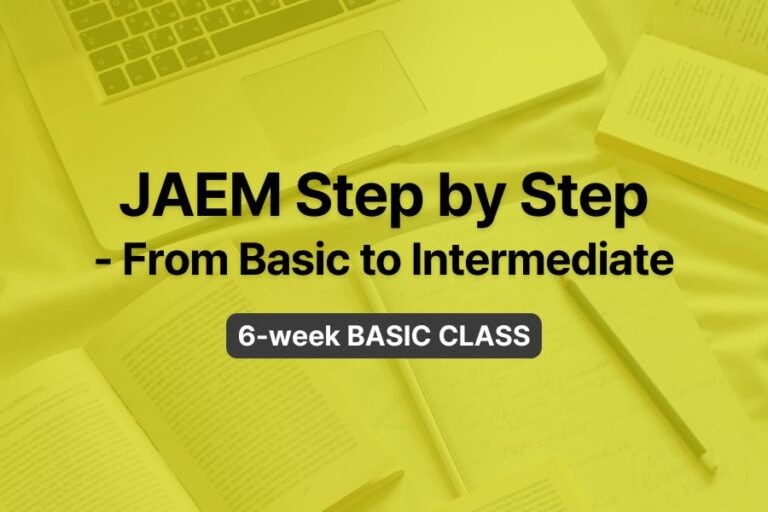
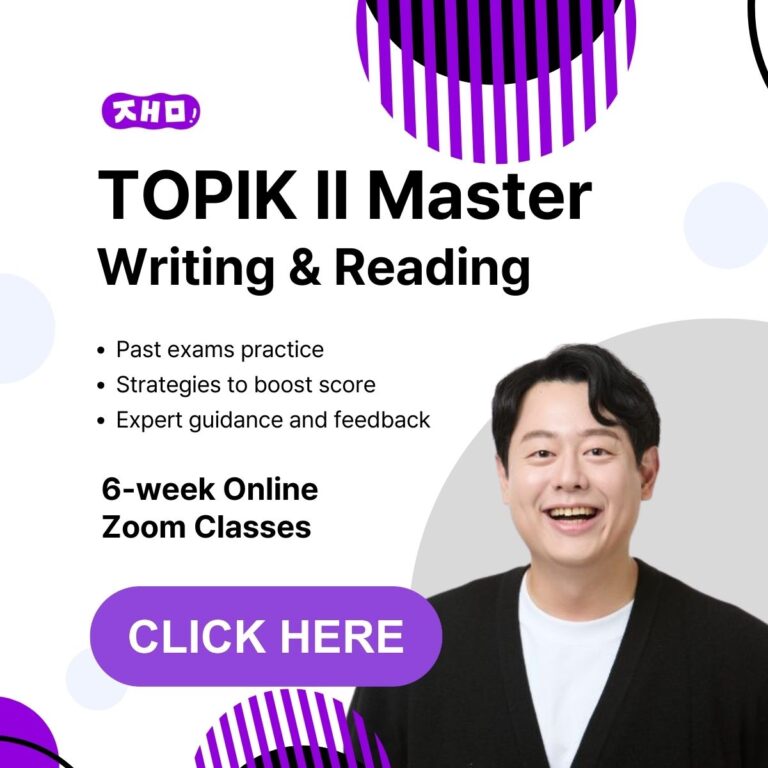
Responses